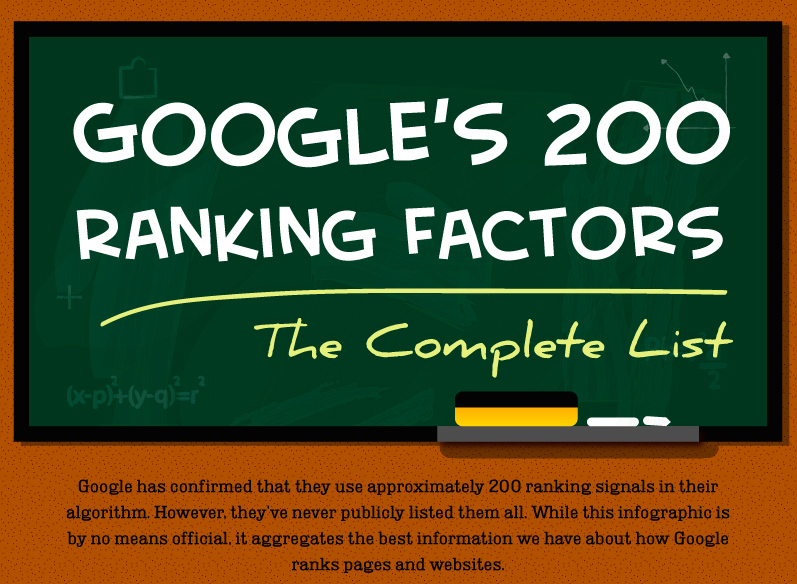On the web where everybody’s trying to scream louder than everyone else, it can be difficult to make yourself heard.
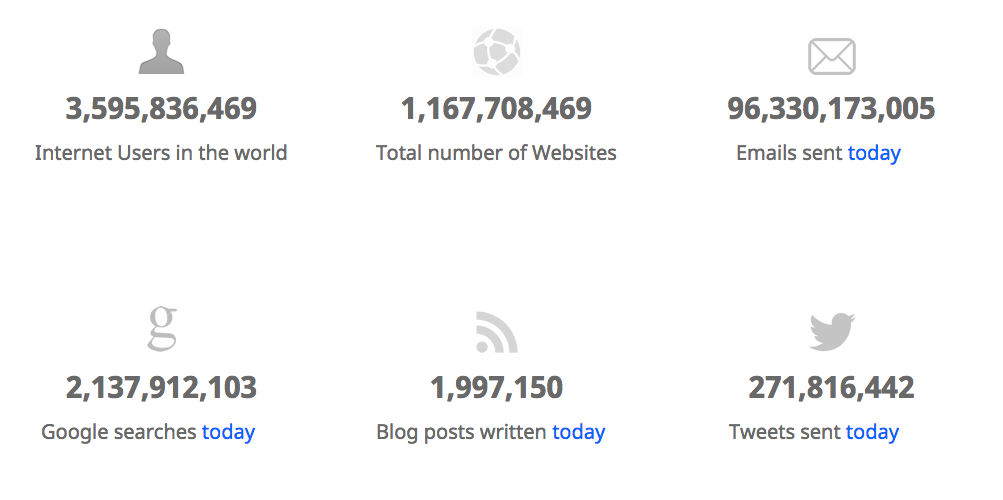
(Source)
Over the past year or so, we at Toggl have been making comics and infographics as part of our marketing efforts, attracting quite a lot of attention along the way and picking up some interesting lessons in the process.
One of those lessons was that even though the Internet is louder than ever before, you can still push through and rank your content high – and fast.
One of the first infographics we did was this piece, visualizing the different software development methods in a lighthearted way.
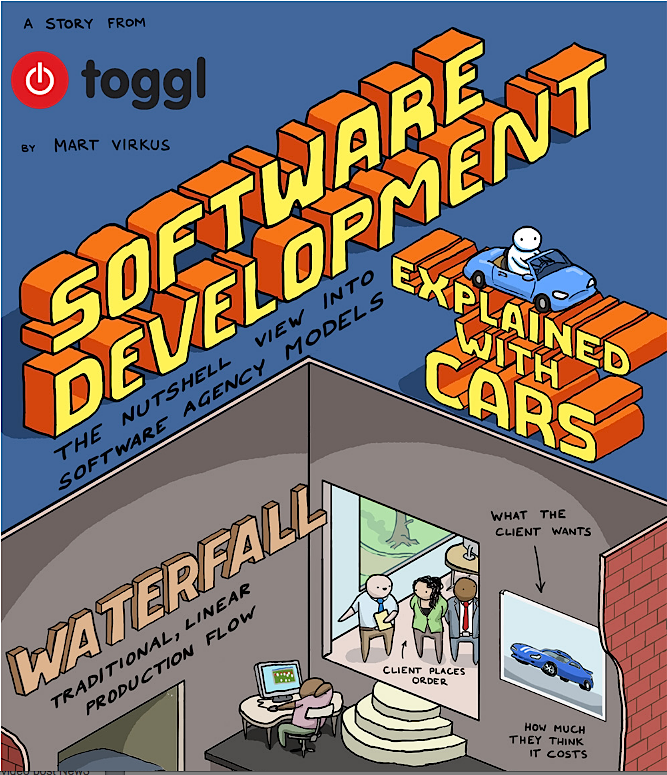
Within the first four days, it brought in 56,000 visits (excluding all repeat visits and bot traffic) – and with only one unpaid Facebook post, a single Google+ share, and a couple of tweets.
To our surprise, the infographic page quickly ranked at number five in Google search results for the term “software development.” As it’s a competitive keyword, we were understandably pretty happy.
In the weeks since posting it, the page dropped in the SERPs for the development term, but its strong position and signals have helped us rank our domain for related keywords that are more relevant to our business.
Anybody who knows anything about SEO can tell you that ranking high in the search results quickly is no easy feat – especially for a competitive keyword. So how did we manage to do this in such a short time?
Learn More:
Here are three things we learned from ranking for competitive keywords with viral traffic:
#1 – Don’t Underestimate the Power of Social
There are around 200 factors Google considers when ranking web pages. While social media traffic is one of them, it’s hardly considered the most important signal.
Social sharing, however, is a different game.
Quality content can result in a lot of social shares across many different media – and this is where you find a whole new range of possibilities. When people like something, they are more apt to share it with others. Not only does this drive more traffic to your site, but it can also make more people post your content on other sites, resulting in valuable backlinks.
Learn More: A Guide to Using Blogger Outreach to Earn Links and Social Shares
In our case, the page ranked very quickly before significant linking happened, meaning that organic sharing alone can be a strong signal, provided that the volume is high enough. And there is another crucial factor: dwell time, or the amount of time that people spend on your page engaging with your content.

(Source)
Case in point: our infographic has managed only a dozen backlinks (none particularly high in authority) and retains a high bounce rate (upwards of 90%). Neither of these is what SEOs would describe as “great.” At the same time, the high number of people who visit the the page spend an average of nearly 5 minutes on it.
In the interest of fairness, I should add that Toggl also has a high overall domain authority – another important ranking signal in Google’s eyes. Still, getting the infographic to rank well without a significant number of high-authority backlinks goes to show that with enough sharing, search engines take notice.
So how do you get enough shares?
# 2 – Make It Viral
If they gave out Oscars for useless marketing advice, I’d have mine in the bag.
As naïve as this advice sounds, making something viral isn’t as difficult as people make it out to be. Keep in mind that virality doesn’t need to mean international news coverage. Creating buzz in a specific community may just be enough.
The key word here is “targeting.” Smart targeting brings in meaningful traffic. Animal babies are great at melting hearts, but they’re not so good at attracting pragmatic B2B customers.
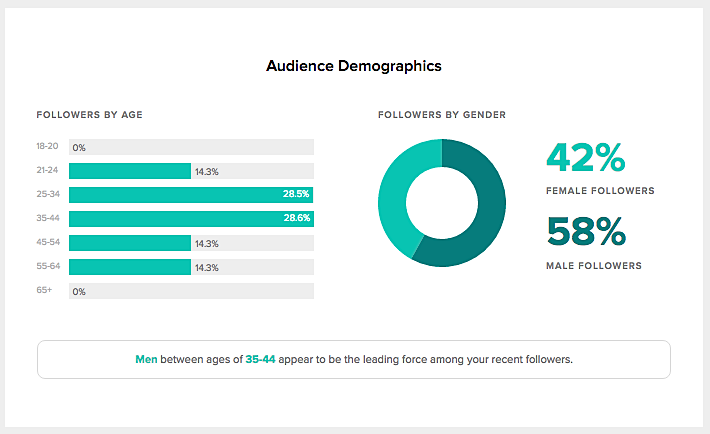
(Source)
Thinking about a specific audience also helps you be more creative with your ideas. It’s much more fruitful to think about what a group of people would find interesting than about how to make an arbitrary viral “thing.”
As Single Grain points out: “Marketers who are sending advertising messages into the void without knowing your exact wants, needs, preferences and experiences must use vague language in their ads in the hopes of connecting with at least a few of their messages’ recipients. That is…unless they take advantage of buyer personas.”

(Source)
Learn More: The Complete Guide to Developing and Using Buyer Personas
Our infographic worked because our service has a lot of clients from web development agencies. Toggl also grew out of one such agency, so putting the experience into a captivating image wasn’t a huge challenge.
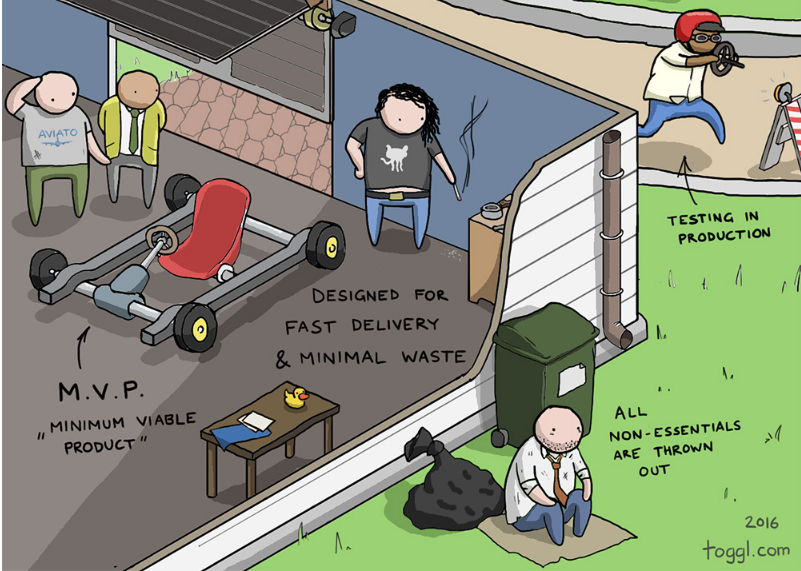
# 3 – For Serious Results, Take Content Seriously
It’s not just about the money. If you want big numbers, you’ll have to put in some love (and, more importantly, time).
Between coming up with the copy, sketching ideas, researching and drawing, the whole infographic took me 23 hours, 43 minutes and 9 seconds to complete (yes, I tracked it with Toggl!). Add to that several occurrences of thinking in the shower and it’s fair to say that I spent a lot of time and energy crafting the piece.
You might think you could do it faster and cheaper, but the problem is that you’d be thinking the same way as everybody else. Making content isn’t all that difficult these days.
Cloud-based design software like Canva, free infographic sites like Venngage or Piktochart, or the newly introduced Adobe Post promise to bring creativity to the masses. But that doesn’t necessarily make the masses more creative. I’m not saying solutions like these can’t produce great results, but you shouldn’t use them just to cut costs and reduce effort.
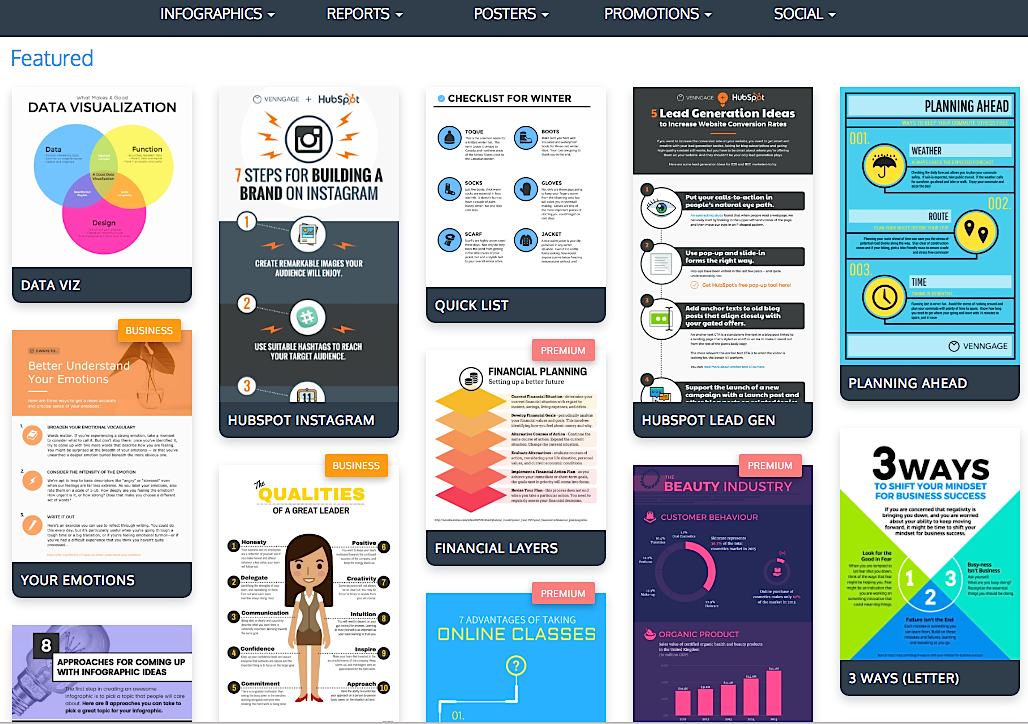
(Source)
Final Thoughts
At the end of the day, people appreciate genuine effort. I don’t have a particularly broad set of artistic skills nor are my methods always smart, but I never produce something reluctantly.
The same kind of thinking applies to blog posts, videos and other forms of content – even with “content shock” looming, meaningful efforts can still gain attention. How that works exactly is a longer story and there are many detailed guides out here (reading Neil Patel’s guides is usually a safe bet).
Whichever way you choose to go, always start from the audience.
